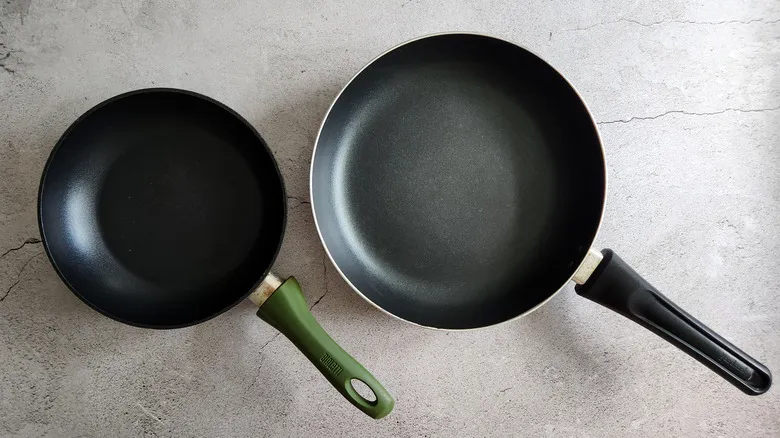Tools you'll need for cleaning non-stick pans

Cleaning a non-stick pan requires a few straightforward tools. You'll need a spatula made from materials like wood, silicone, or nylon to avoid damaging the surface. Additionally, a soft cloth or sponge along with mild dish soap will be essential. If needed, white vinegar can be used as an optional aid to help eliminate any sticky residue.
What not to use
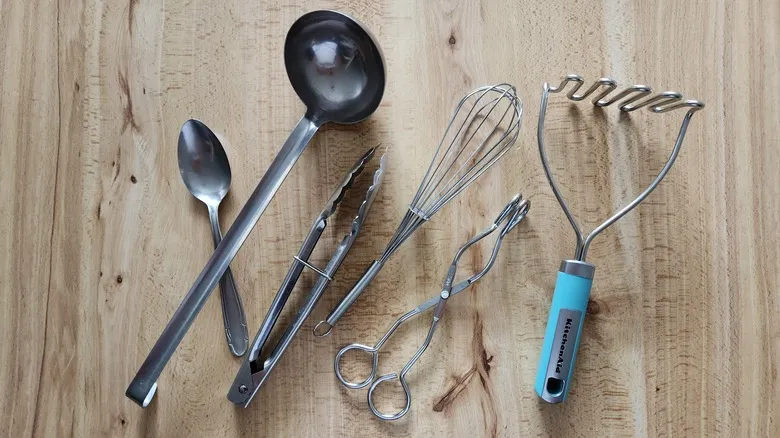
Scratching the surface of a non-stick pan is a common kitchen error that can compromise your meals. The coating on these pans often contains PFAS (per- and polyfluoroalkyl substances), harmful chemicals that have been in use since the 1940s and do not decompose, earning them the nickname "forever chemicals." Recently, there has been increased attention on these substances in our kitchens, particularly in relation to water and packaged foods. If the pan's surface gets scratched, toxins can seep into the food you are preparing. Some manufacturers are now producing PFAS-free non-stick pans, such as the Caraway 10.5-inch non-stick ceramic frying pan.
To prevent scratches, be selective with your utensils. This means avoiding metal options, so steer clear of metal spatulas, spoons, forks, tongs, whisks, and any other metal utensils. Knives should be especially avoided, as they can easily scratch or damage the surface. Safe alternatives include utensils made from silicone, wood, or nylon. Regardless of the material, handle your utensils with care. Even a wooden spoon can potentially harm your non-stick pan if used too forcefully.
Optional: Remove burnt food
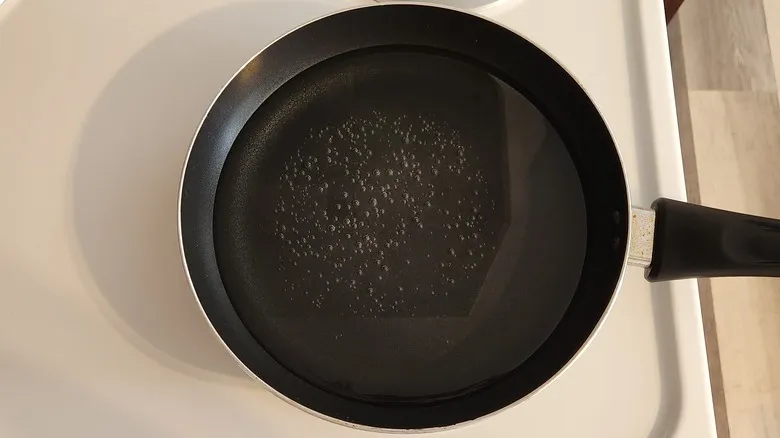
Burnt food shouldn't be a frequent issue when using a non-stick pan, but we understand that it can happen. Avoid using a scouring pad to scrub off burnt food, as it can scratch the non-stick surface. Instead, follow these tips to safely remove the residue. Start by filling the pan with enough water to cover the burnt area. While some prefer to add a bit of baking soda, we find that plain water is effective on its own.
Next, heat the water to a gentle simmer, ensuring the heat stays at medium or lower.
After the water has been simmering for a few minutes, gently scrape the burnt residue with a spatula. The residue will gradually loosen and detach from the bottom of the pan.
Hand wash your non-stick pan

To preserve the coating, it's essential to hand wash non-stick pans after use or follow the proper methods for removing burnt food. The conditions in a dishwasher, with its hot water and harsh powdered detergents, can be damaging.
Clean the pan using warm water and a gentle dish soap, steering clear of any abrasive soaps, detergents, or cleaning powders. Opt for a soft cloth or sponge, and refrain from using abrasive scrubbers such as scouring pads, steel wool, or the rough side of a two-sided sponge.
Optional: How to remove sticky residue from a non-stick pan

If you've frequently used a non-stick pan, you might have noticed a sticky residue accumulating on its surface. This can give the pan a dirty appearance even after cleaning, and food may begin to stick during cooking. If the non-stick coating remains intact, there's no need to dispose of the pan. Simply mix one part white vinegar with two parts water and pour enough of the solution into the pan to cover the sticky area.
Heat the mixture to a gentle simmer for a few minutes, then allow it to cool. Once cooled, all that's left to do is hand wash the pan. This technique will eliminate the sticky residue and restore the pan's non-stick capabilities.
Care tips for non-stick pans
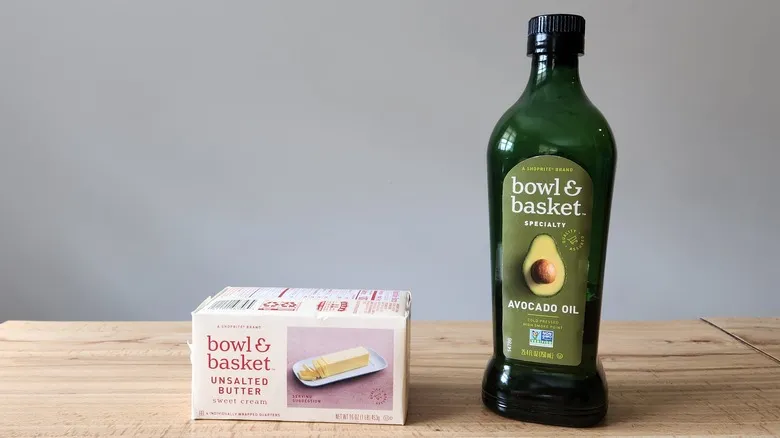
Taking a few simple precautions with your non-stick pans can help keep them in excellent condition for years to come. First, choose the right cooking fat. It's best to avoid cooking sprays, as many contain soy lecithin, which can accumulate over time and create a sticky, grimy residue that is difficult to remove safely. This is also why cooking sprays are not recommended for air fryers. Instead, opt for butter or a high-heat oil such as canola, avocado, or light olive oil. Since the pan is non-stick, you'll find that you don't need to use as much oil as you would with traditional pans. One important tip: always add the oil before turning on the heat. Never heat a dry non-stick pan.
The second tip for care is to keep the heat on low or medium to prevent damaging your non-stick pans. High heat can not only harm the coating and cause it to deteriorate, but it can also lead to warping of the pan itself. Warping can also happen if the pan heats up or cools down too quickly, so allow it to cool down gradually before washing.
Lastly, store your non-stick pans with care to avoid scratching the surface. While you can stack stainless steel and cast iron pans, it's best not to stack non-stick pans unless you place a protective layer between each one. This could be something soft like a dish towel or washcloth, a smooth barrier like a paper plate, or specialized pot and pan protectors that come in various sizes to safeguard the surfaces and save space in your cabinets. Ensure that your stored pans are not in contact with metal objects or anything sharp that might be nearby in the cabinet.
Recommended
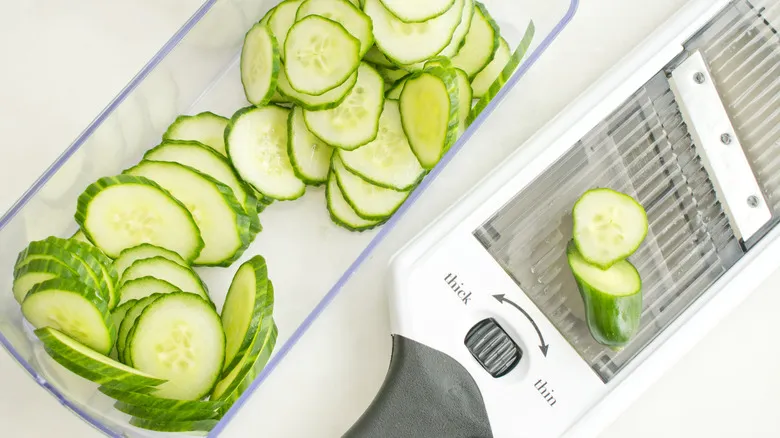
Planning To Make That Viral TikTok Cucumber Salad? Please Watch Your Fingers
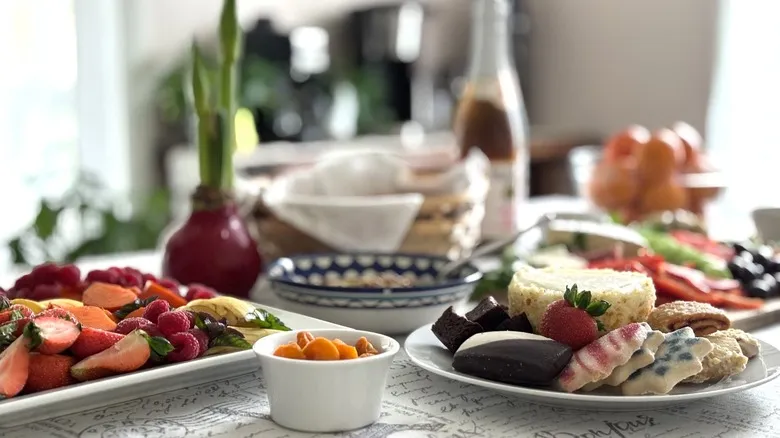
How To Throw An Easy No-Cook Brunch
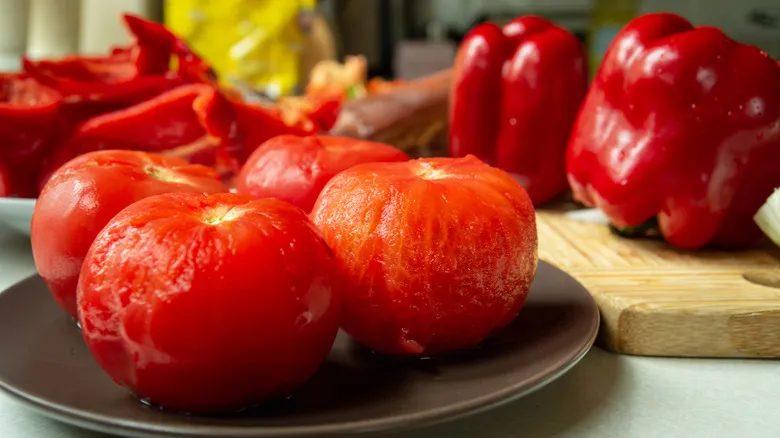
How To Peel Tomatoes (And Why You Should)

Leftover Fish Scraps Are The Perfect Excuse To Make A Flavor-Packed Stock
Next up

